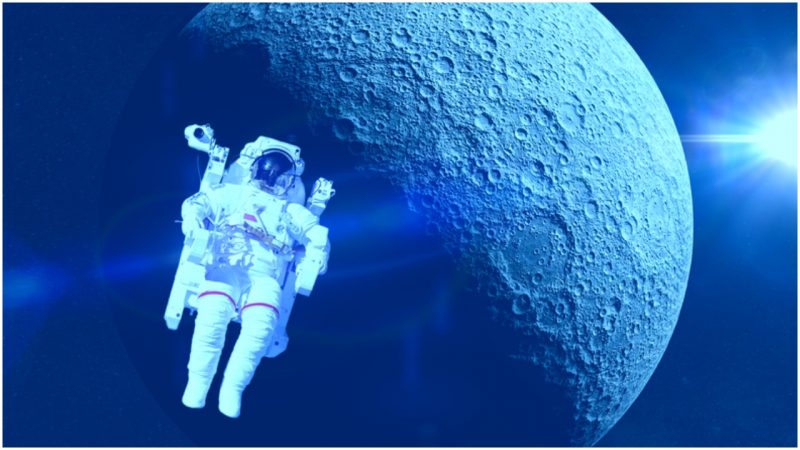Michael Collins is an unsung hero of space. When people talk about the historic Apollo 11 mission and the Moon landing, one of the most significant events in the history of space exploration, they usually mention Neil Armstrong and Buzz Aldrin. Those two famous astronauts landed the lunar module and were the first humans to walk and drive around on the surface of the Earth’s only natural satellite. Sadly, people rarely talk about Michael Collins, the member of the Apollo 11 crew who earned the infamous nickname “the forgotten astronaut,” because his role in the mission wasn’t sensationalized and his face was rarely seen on the covers of magazines.
However, Collins’ role in the Apollo 11 mission was of vital importance. He was in charge of piloting the Columbia command module, the “mothership” from which the lunar lander embarked on its descent to the surface of the Moon. His training was unusually intense and quite different than that of Armstrong and Aldrin: He was trained to pilot the spacecraft on his own in extreme conditions and to manually maneuver the docking of the lunar module in the event of an emergency.
He became so skilled in operating the command module that he actually compiled a 117-page-long book that contained a list of customized emergency procedures. Also, he designed the iconic Apollo 11 mission patch that features a bald eagle flying above the Moon and carrying an olive branch.
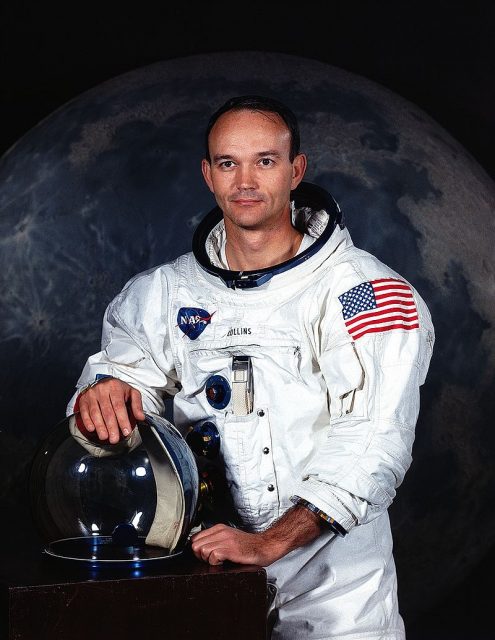
Armstrong and Aldrin spent a little over 22 hours on the surface of the Moon. During that time, Collins orbited the Moon alone in the command module and waited for them to return. This meant that he passed over the dark side of the Moon several times: during these passes he experienced a new sensation: an eerie kind of loneliness.
The entire body of the Moon stood between the Earth and Collins in the command module for 47 minutes. Therefore, he was unable to communicate neither with the Apollo 11 Mission Control back on Earth, nor with the other two astronauts who were on the surface.
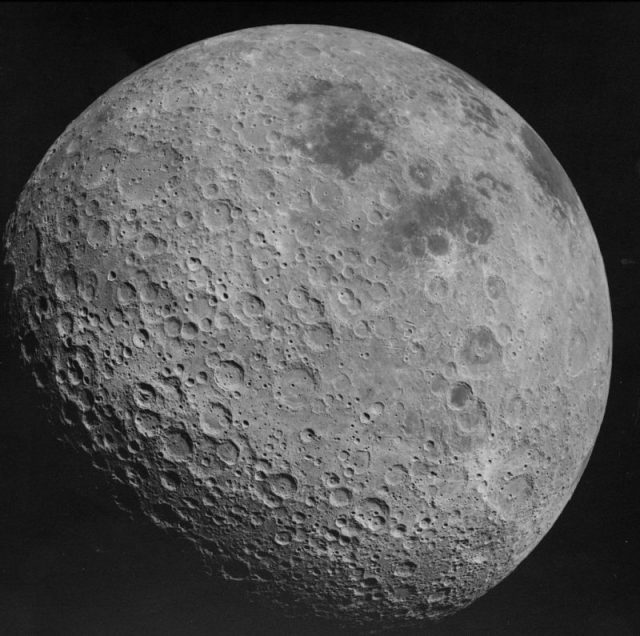
In a press release in which they informed the public of the time of Collins’ whereabouts, NASA’s Mission Control stated the following: “Not since Adam has any human known such solitude as Mike Collins is experiencing during this 47 minutes of each lunar revolution when he’s behind the Moon with no one to talk to except his tape recorder aboard Columbia.”
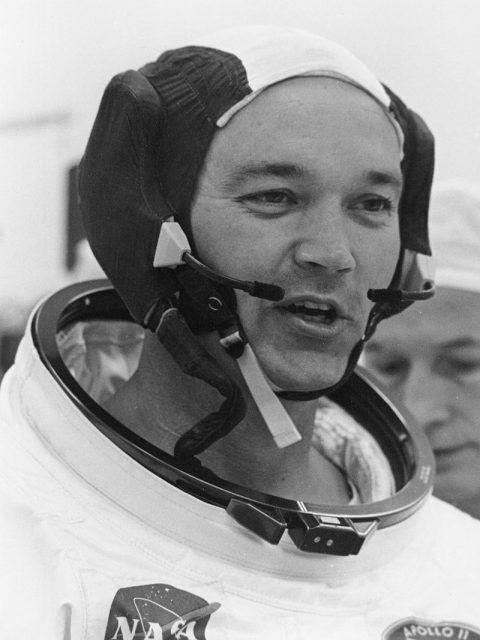
Upon returning to Earth, Collins stated that he didn’t give in to fear while facing the lonely eternal night of the dark side of the Moon. Still, he was obviously aware of the vast and intimidating unknown which surrounded him: “I don’t mean to deny a feeling of solitude. It is there, reinforced by the fact that radio contact with the Earth abruptly cuts off at the instant I disappear behind the moon, I am alone now, truly alone, and absolutely isolated from any known life. I am it. If a count were taken, the score would be three billion plus two over on the other side of the moon, and one plus God knows what on this side.”
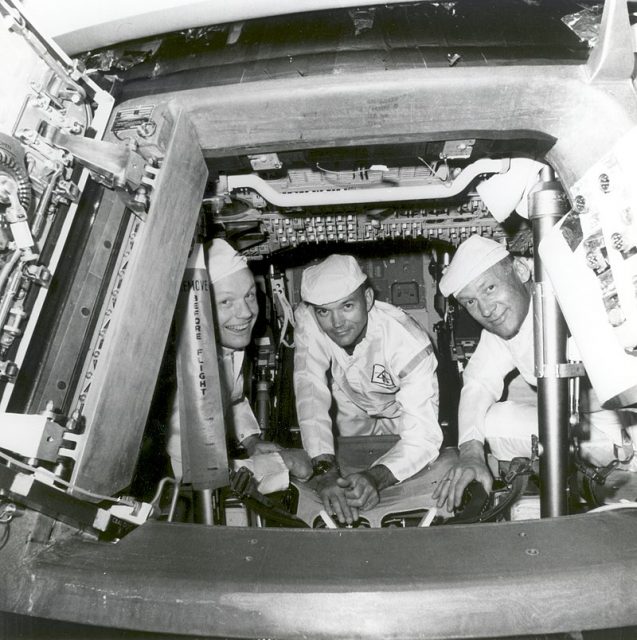
In 2009, which marked the 40th anniversary of the Moon Landing, Collins admitted that his biggest fear during the entire mission arose from a different concern: he was afraid that something might go wrong with the lunar module and that Aldrin and Armstrong might perish on the surface of the Moon or during their ascent back to Columbia.
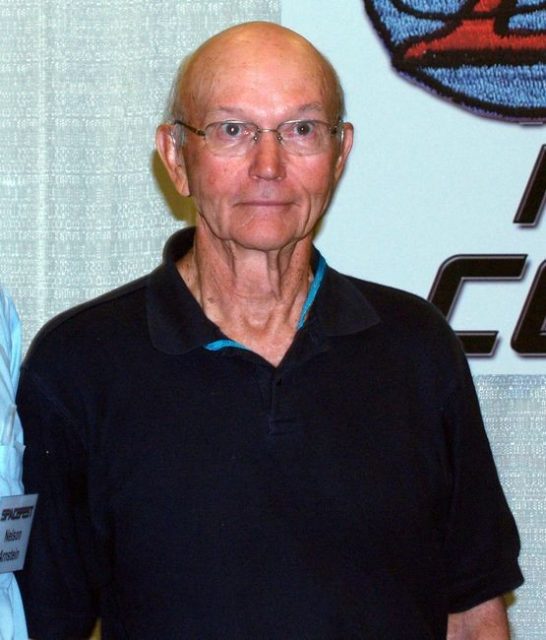
In that case, he would have been forced to finish the mission on his own and return home alone. In his opinion, such an outcome would have marked him for life: he would remain infamous as the one lucky astronaut who could return home without actually landing on the Moon.
Thankfully, Armstrong and Aldrin diligently performed their tasks on the lunar surface and then successfully docked with the command module. Collins piloted Columbia flawlessly and ensured the men’s safe return to Earth. Although Armstrong and Aldrin generated significantly more media attention, all three astronauts deserve to be remembered as a team of space-exploring virtuosos who accomplished one of the hardest missions in the history of humanity.
